With the development of medical technology, hospitals are increasingly introducing a new type of equipment in foot diagnosis and treatment—a 3D foot scanner. The emergence of this device has transformed foot diagnosis from traditional experience-based judgment into a data-driven, precise scientific process. Whether it is common conditions such as flat feet and high arches, or complex issues like plantar pain and foot deformities, the 3D scanner can provide unprecedented diagnostic evidence. This article will explore in detail why hospitals are increasingly valuing 3D foot scanners and their role in foot health management.
1. The Importance of Foot Health
The foot is the "second heart" of the human body, bearing the weight and movement load of the entire body. Every day, we walk, run, and jump, and the feet endure tremendous pressure. If foot problems occur, they can not only cause a chain reaction of injuries to the ankles, knees, and even the waist, but also affect overall posture and athletic performance.
Traditional hospital foot diagnosis often relies on X-rays, manual measurements, and doctors’ experience, which have limitations in terms of visual clarity and precision. Especially for children, the elderly, and long-term athletes, even minor changes in foot shape can have long-term effects, and traditional diagnostic methods can hardly detect these early signs.
Therefore, hospitals urgently need a technology that can accurately, quickly, and comprehensively capture the foot structure, which is exactly the advantage of the 3D foot scanner.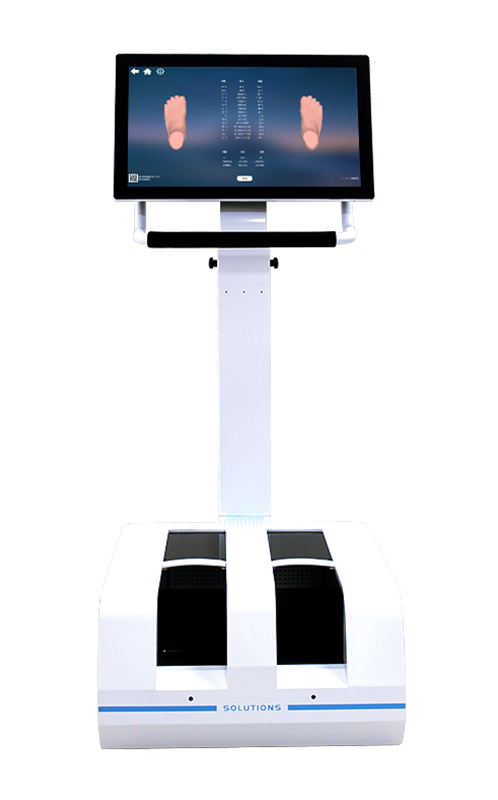
2. Working Principle of the 3D Foot Scanner
The 3D foot scanner uses structured light, laser, or multi-angle photogrammetry technology to perform full-foot scanning and generate an accurate 3D model. Unlike traditional two-dimensional measurements, it can simultaneously capture:
Basic dimensions such as foot length, foot width, and instep height;
Arch shape and plantar surface information;
Toe bone arrangement and spacing;
Plantar pressure distribution (can analyze gait and load when combined with a pressure plate).
The scanning process usually takes only a few seconds, requires no skin contact, and causes no discomfort to the patient. After scanning, hospitals can obtain visualized 3D foot models and pressure distribution maps, providing data support for doctors’ diagnosis.
3. Core Value of Using 3D Foot Scanners in Hospitals
1. Improve Diagnostic Accuracy
Traditional foot diagnosis relies on doctors’ experience and can sometimes produce errors. The 3D foot scanner provides precise 3D foot data, enabling doctors to:
Accurately identify foot deformities such as flat feet, high arches, and valgus feet;
Analyze abnormal plantar pressure distribution and detect gait or load abnormalities;
Evaluate children’s foot development and identify potential issues early.
By using data-assisted diagnosis, hospitals can reduce misdiagnosis rates and improve the scientific accuracy of treatment plans.
2. Personalized Correction Plans
Many patients need corrective insoles, functional shoes, or rehabilitation training to improve foot problems. Previously, insole design mainly relied on manual measurement and experience, but the 3D scanner can directly generate digital foot models to provide a basis for custom insoles:
Children’s orthopedics: For children with flat feet or inward-turned feet, customized insoles generated from scans help normal foot development;
Sports rehabilitation: Athletes with abnormal plantar pressure can improve running posture and reduce injury risk with custom insoles;
Elderly foot protection: Older patients prone to concentrated plantar pressure or foot deformities can use custom insoles to relieve pain and improve walking stability.
This personalized approach makes treatment more effective and increases patient satisfaction.
3. Early Prevention and Health Management
3D foot scanners can also be used for foot health management. Hospitals can establish foot archives for children, adolescents, athletes, and the elderly and perform regular scans:
Children: Monitor arch development and intervene early;
Adolescent athletes: Analyze running posture and prevent sports injuries;
Elderly: Identify areas of concentrated plantar pressure and prevent falls.
This data-driven management allows hospitals not only to provide treatment services but also to serve as centers for health prevention and management.
4. Enhance Hospital Professional Image and Service Level
As patient demands for medical services increase, hospitals introducing advanced equipment in foot care can reflect a professional and modern image:
The use of high-tech instruments increases hospital credibility;
Data-driven, visualized diagnostic reports make it easier for patients to understand their conditions;
Personalized insole customization services improve patient satisfaction and revisit rates.
Through 3D scanners, hospitals not only improve diagnostic and treatment levels but also establish a competitive brand advantage.
4. Practical Application Cases
Children’s Foot Orthopedics
A tertiary hospital’s foot department established foot archives for children aged 6-12. Regular scans detected early flat feet. With customized insoles and home rehabilitation training, the children’s arches improved significantly within one year, avoiding potential future surgical risks.
Athlete Foot Management
A professional football team cooperated with a hospital to scan players’ feet. Multiple players were found to have abnormal plantar pressure. Based on the data, custom insoles and adjusted training plans were implemented, reducing sports injury rates by over 30% and significantly improving performance.
Elderly Gait Analysis
Elderly people often have foot deformities and concentrated plantar pressure, increasing the risk of falls. Hospitals used 3D scans to generate pressure distribution maps and provided customized insoles and walking training programs, helping improve stability and reduce accidental falls.

 +86-0755-86131192
+86-0755-86131192 2025-08-19
2025-08-19 Back to list
Back to list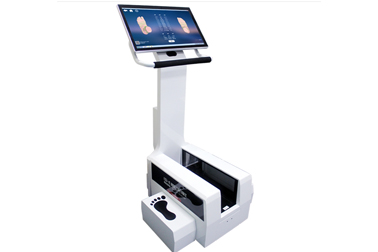
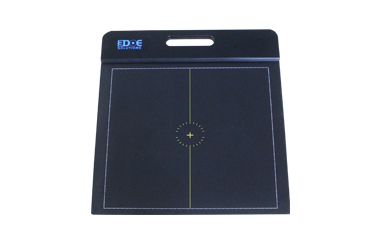
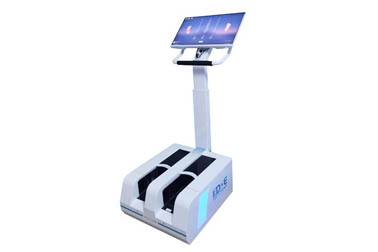
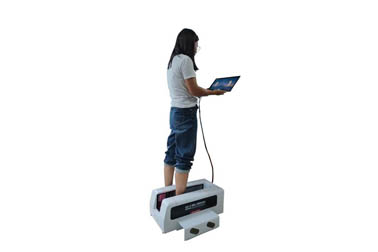
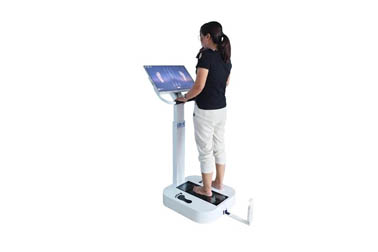
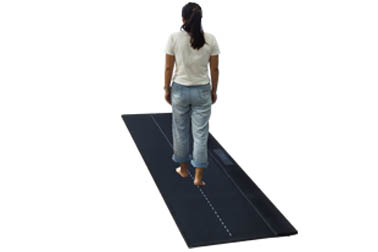



 +86-0755-86131192
+86-0755-86131192